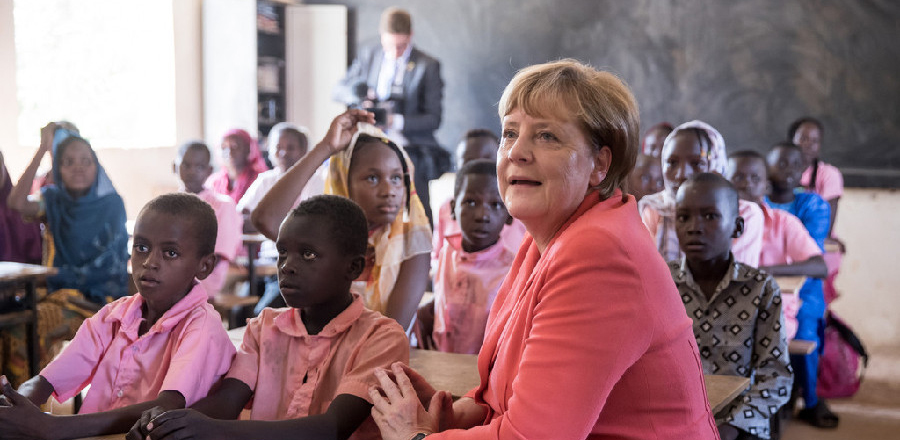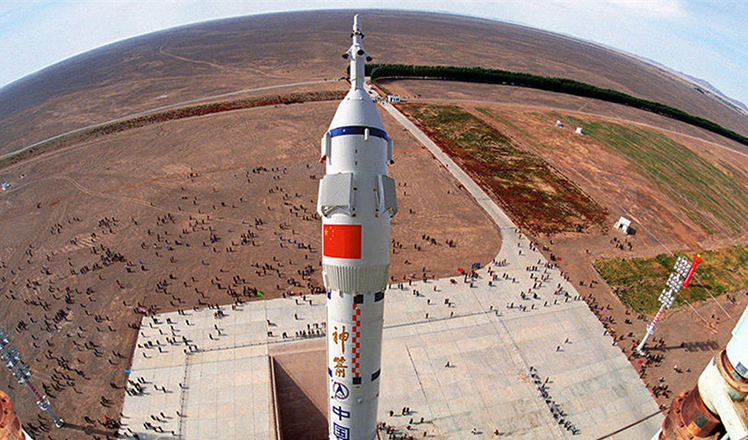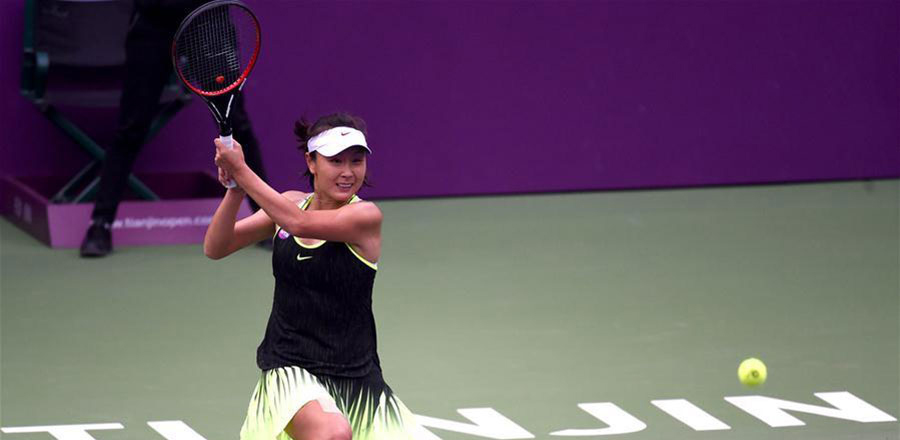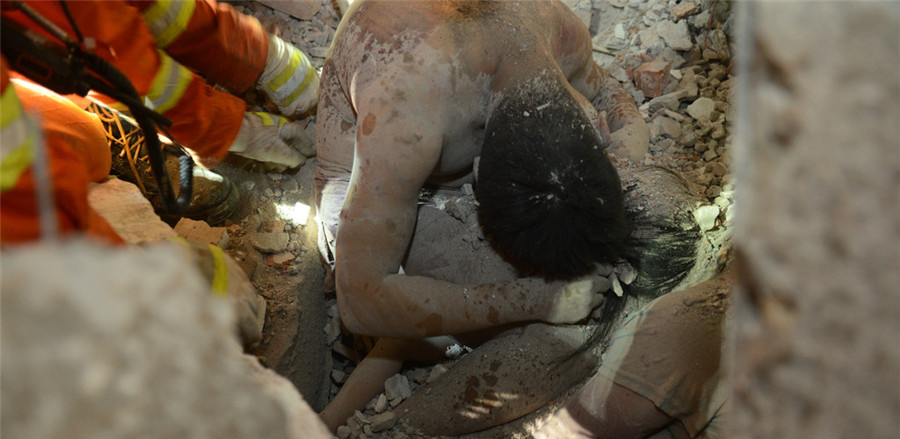
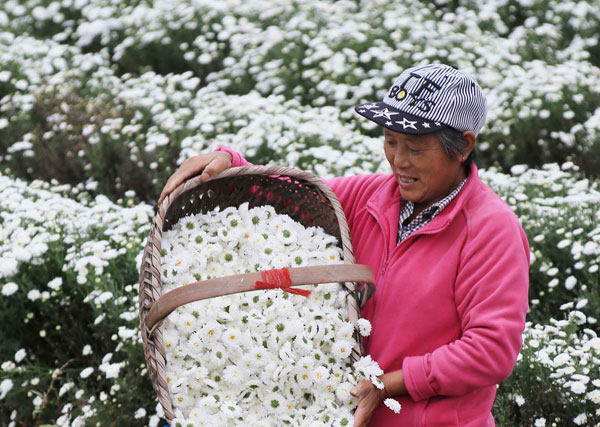 |
|
A farmer harvests chrysanthemum flowers in Xiuning, Anhui province, on October 14. Many farmers have increased their incomes by growing the flowers, which are used in herbal medicine. [Photo/China Daily] |
Along with a white paper reviewing the country's recent accomplishments in poverty alleviation and the vow to annually raise more than 10 million people above the poverty line beginning this year, the central authorities have pledged to install a responsibility system for fulfilling that goal, with the aim of meeting the 2020 deadline for building a relatively better-off society.
Under the proposed accountability regime, local authorities will certainly have to take the matter seriously. After all, the Party chiefs and government heads in poverty-stricken counties will not be allowed to leave their posts until they eliminate poverty there.
And judging from the numbers, the goal does not seem unachievable. The white paper says that in 2015 alone, more than 14 million people were lifted out of poverty. The resourceful government has seldom failed to achieve pre-set goals.
However, it would be sad if the high-profile poverty alleviation campaign is reduced to just a game of numbers. This is because the more than 50 million people who still live in poverty are different from the 50 million that have already been raised out of poverty in the country. As the white paper indicates, they are the poorest among the poor, who are even less capable of self-help, and who are more likely to slide back into poverty should a natural disaster or illness strike, or simply because of the expenses incurred by schooling, marriage or housing needs.
The country's 13th Five-Year-Plan (2016-20) promises that by 2020 the present rural poor should have received stable guarantees of food, shelter, compulsory education and basic medical services.
But considering the government's official poverty line is relatively low, life may not be substantially different for those living near-either below or above-that line. So while it is important to raise all our compatriots above poverty, it is even more important to build long-standing mechanisms to make sure the fruit of today's poverty relief efforts are sustainable and lasting, and the vulnerable will not be left behind again.
It is particularly important to consider poverty alleviation a dynamic process, instead of a one-off project, a matter of broad systems engineering, rather than just increasing per capita income.
While poverty always takes the form of material inadequacy, it is the outcome of deep-rooted socioeconomic inequality. A sustainable, lasting solution to poverty, therefore, can never be achieved without a persistent government commitment to eradicating inequality.
